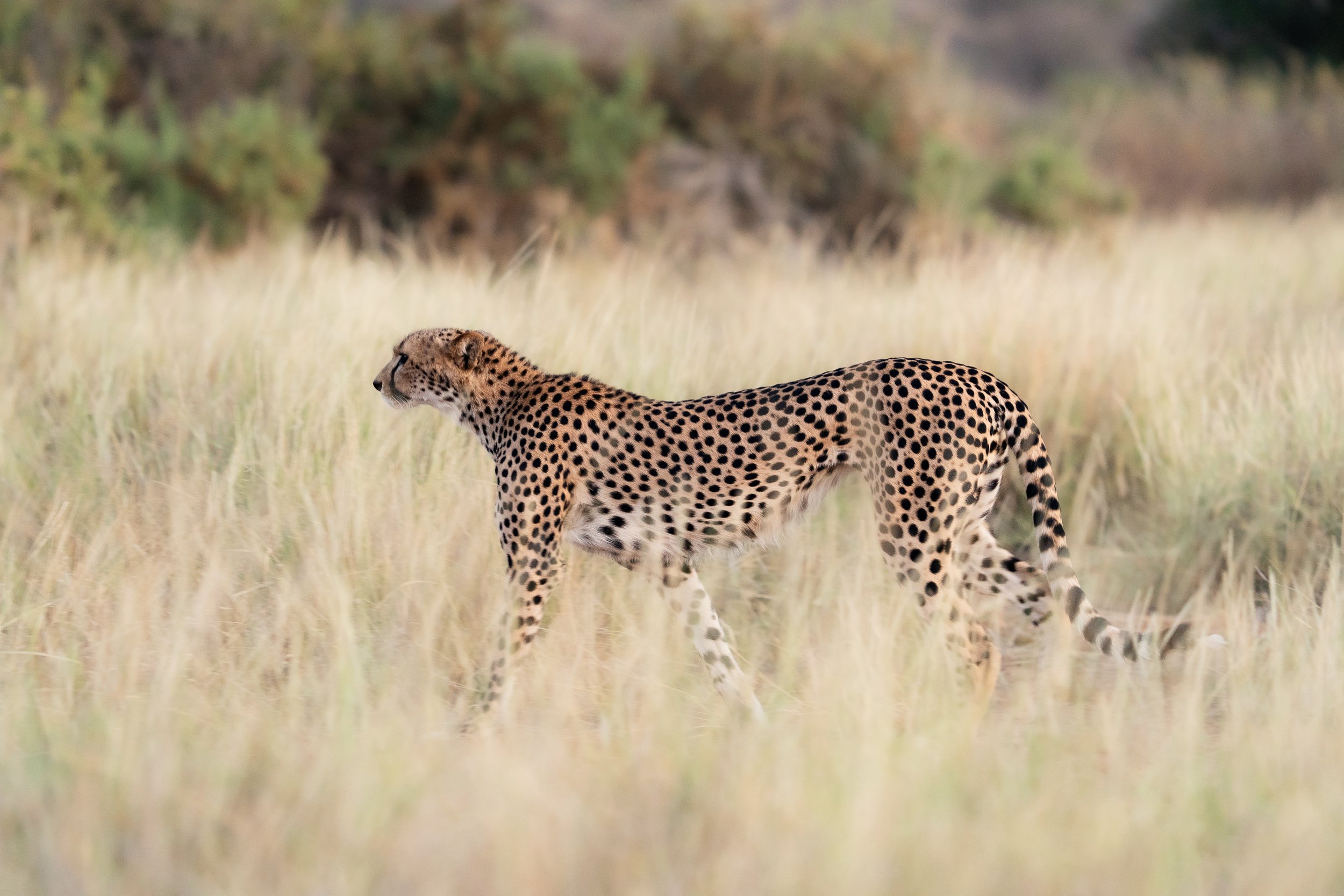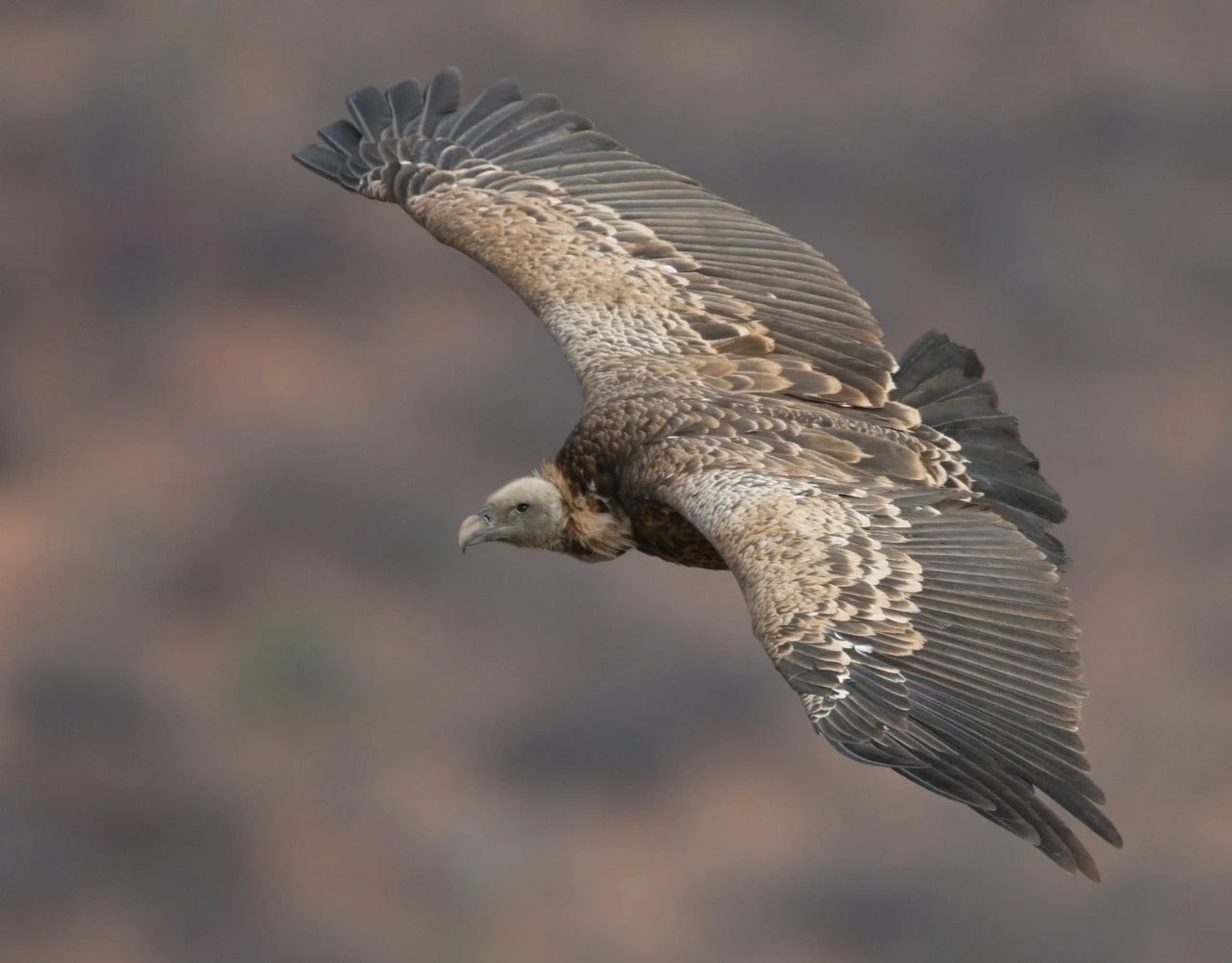Poetry in motion!
What do a cackle, a kettle, a parliament, and a prickle have in common? Or a confusion, a quiver, and a coalition? Turns out Mother Nature has a wicked sense of humour – they’re all collective nouns for wildlife. Who knew words could go on safari?
There’s no shortage of showstoppers with delightful storylines at Sarara, and these are just some of the wild and wonderful stars you’re likely to spot during your stay:
Business of mongooses Always together, always on the go – it’s no wonder a group of mongooses is called a business. These furry dynamos live life on fast-forward! In teams up to 40 strong, they forage and keep watch for predators. Typically led by a dominant male and female, their social structure is complex but efficient, with everyone pitching in to raise the young. They’re also called a troop, but to us, their businesses are definitely booming!
Cackle of hyenas Loud and unapologetic, these carnivores are some of the noisiest characters in the animal kingdom. Their high-pitched “laughs” echo through the night during feeding frenzies and social squabbles – and when they get together, they definitely make their presence known. Living as a group, they’re also called a clan, and on the hunt, a pack. And when their cackles and cries reach fever pitch, you might just be hearing a confusion of hyenas.
Coalition of cheetahs Male cheetah siblings don’t just grow up together, they stay together for life. And as true bands of brothers, these tight-knit groups of two or three team up to hunt, defend their territory, and face off against rivals – increasing their chances of survival and reproductive success. Loyalty runs deep in these brotherhoods, and if anyone gets lost or separated, the rest of the coalition will call out with high-pitched yips until they’re reunited.
Confusion of Guineafowl Known for their loud squawks and sudden, zigzagging dashes when startled, Guineafowl make a flea market look orderly! While confusion is the perfect collective noun, they’re also sometimes called a plump (for their round, roly-poly bodies), a mob (due to their chaotic movements), an unkindness (their eerie calls aren’t exactly music to the ears), and even an improbability – a nod to how wonderfully peculiar these birds are.
Flamboyance of Flamingos With their bright pink feathers and elegant poses, Flamingos are the ultimate showstoppers. Whether they’re wading through water or pausing mid-step, their graceful movements and striking plumage make flamboyance the perfect name for these fabulous flocks. At Sarara, one of the best ways to marvel at them is a tailormade heli-safari to Lake Turkana.
Leap of leopards Leopards can leap over 20 feet and jump 10 feet into the air – skills that help them catch prey and hide their kill in trees. While their collective noun captures this strength and agility beautifully, leopards don’t typically leap together – they’re notoriously solitary and prefer roaming alone. Spotting more than one is a rare treat, and you’d be very lucky to see a leap of these cats.
Lounge of lizards Often found basking in the warmth, these sun-loving reptiles prefer a laid-back lifestyle, and their go-to position embodies relaxation in its purest form. If they’re darting about, they may be a scurry or mess, but they can mostly be seen sprawled out and motionless, perfecting the art of lounging around.
Parliament of owls What a timeless description of the quiet wisdom and air of authority that surrounds a gathering of these enigmatic nocturnal birds. The term captures their calm, regal presence as they perch silently under the moonlight. Originating in C.S. Lewis’ The Chronicles of Narnia (with a reference to a poem by Chaucer), the term is now so widely recognised that it’s even listed in dictionaries.
Prickle of porcupines As one of the best collective nouns out there, a "prickle" is spot-on for porcupines, thanks to those trademark spiky quills. While they’re mostly solitary creatures, they do occasionally hang out with their prickly pals. And with such suitable built-in armouries, they collectively inspire plenty of caution in predators.
Quiver of cobras When they are threatened, cobras rise, spread their hoods and sway with a hypnotic and trembling motion. It creates a quivering and vibrating effect – which is both terrifying and lethal. While groups of snakes are also called nests, beds or knots, a quiver is the best way to sum up the shiver-inducing energy of a cluster of cobras coiled together and moving in a slow, ominous rhythm.
Wake of vultures Aptly describing a group of these scavengers gathered around a dead animal when they feed on carrion, vultures are also called a kettle when they’re soaring through or circling the sky (often riding thermal currents), or a committee, venue, or volt – when they’re perched in a tree or resting together on the ground.
Dazzle of zebras With their distinct black-and-white coats – as unique to each individual as fingerprints – these equines create a mesmerising effect. This is especially true when they move in large groups, where the blur of their patterns confuses predators and makes it difficult to single out individuals. It’s an optical illusion that shimmers and shields – dazzling in every sense of the word!
It’s hard to think of a more fitting description than a tower of giraffes – they’re the tallest animals on Earth, after all! With legs like stilts and necks stretching up to three metres long, a group of giraffes standing still towers high above the treetops. But once these graceful giants start moving, gliding across the savanna with their smooth and effortless gait, they become a journey – the perfect way to celebrate the breathtaking sight of them roaming!
While most often called a herd – and occasionally a parade – our favourite term for a group of elephants is the lesser-known but beautifully poetic memory. It’s a fitting nod to their deep family bonds, remarkable intelligence, and legendary recollections.
AMUSE BUSH
With such remarkable biodiversity thriving in the landscapes around Sarara’s ecolodges and camps, it’s impossible to list every quirky collective noun for wildlife. Still, a few irresistible favourites deserve special mention…
An armoury of aardvarks
A convocation of eagles
A crash of rhino
An obstinacy of buffalo
A hedge of herons
A pod of pelicans
A rhumba of rattlesnakes
A shrewdness of apes
A murmuration of starlings






